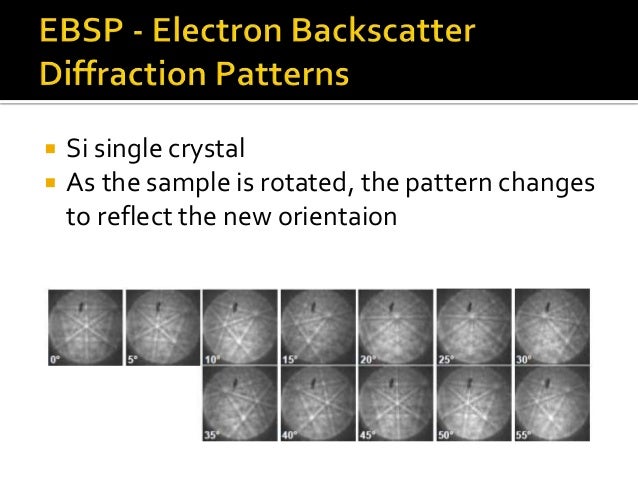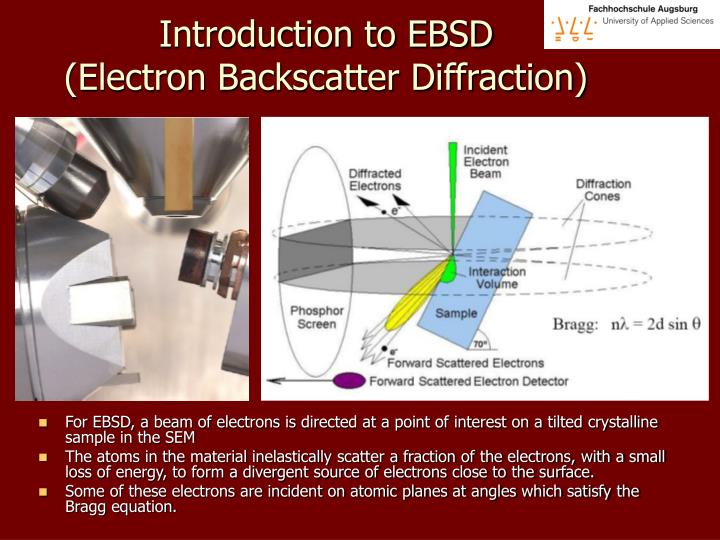

The two end-members, namely “L-type” (constrictional) and “S-type” (flattening), can be correlated with the prevailing strain regime during high-pressure deformation. These studies have demonstrated that in omphacite LPOs, lineation-parallel maxima and foliation-parallel girdle distribution represent constriction and flattening strains, respectively (Figure 1) ( and references therein). Lattice preferred orientation (LPO) patterns of omphacite in eclogite have been studied in the past by various workers using either the universal stage ( also see for reviews) or EBSD. One of the most important devices used for the textural and microfabric analyses of HP/UHP rocks is electron backscatter diffraction (EBSD). Most of these studies focus on exhumed HP rocks, which are highly strained and often present as relics or inclusions within retrograded lithologies. In this tectonic context, serpentinite, formed due to hydration of the overlying mantle wedge at sub-Moho depths of the subduction channel, acts like a lubricant and facilitates exhumation ( and references therein).įield and microstructural studies conducted by various research groups have provided new insights into the kinematics and tectonic evolution of paleosubduction channels. Cloos and Shreve introduced and described the organization and dynamics of subduction channels to explain efficient exhumation of blueschists and eclogitic rocks and their structural/deformational relationships with the surrounding units from the footwall (downgoing plate) and hanging wall (mantle wedge) realms. These are exhumation by extension facilitated by detachment fault, extensional collapse, foreland propagating thrusting, buoyancy assisted by erosional and tectonic processes, corner flow, and channel flow. Numerous tectonic models explaining exhumation of HP/UHP metamorphosed slices of continental crust have been proposed so far. However, mechanisms of continental crust exhumation to the surface are complex, varied, and currently debated. It is generally accepted that continental crust can be subducted to great depths if it is pulled by a subducting oceanic slab, and this transition of the continental crust rocks at convergent margins, from subduction to exhumation, can be explained by a single process that is breaking off of the subducting slab. The exposures of HP or UHP metamorphic rocks on the Earth’s continental crust constitute an evidence for their exhumation subsequent to deep subduction and continental accretion. A high-temperature prism c-slip in quartz shown by few samples is interpreted to have formed due to a subsequent granulite facies metamorphic overprint on the eclogite during collisional thickening.Īn important aspect regarding accretion and growth of continents is continental subduction, which is often manifested by the presence of high-pressure (HP) to ultrahigh-pressure (UHP) rocks.

It is plausibly associated with foliation-parallel extension during exhumation at midcrustal depths. This regime evolved later to plane strain that was superimposed on the UHP rocks at a shallower depth. This buoyant rise was also facilitated by compression related to the ongoing India-Eurasia collision. Based on these results, it is suggested that a constrictional strain regime prevailed during peak (HP) metamorphism in the TMCC due to the buoyant rise of TMCC in response to slab break-off and reverse slab pull during and after the deepest continental subduction. Characteristics of lattice preferred orientation (LPO) of omphacite and quartz, indicated, respectively, by the LS and B indices, also suggest variation in strain regime from pristine eclogites to their altered counterparts. A transitional planolinear fabric (LS tectonite) is shown by other eclogites that show petrographic evidence of omphacite alteration to amphibole and the presence of lower metamorphic grade minerals like actinolite and chlorite. These features concur with constrictional strain during peak (HP) metamorphism. Our study shows that the least retrogressed eclogite exhibits strong linear fabric (L tectonite) characterized by omphacite, having axes parallel to and (110) poles perpendicular to lineation. We present an electron backscatter diffraction (EBSD) study of eight eclogite samples to investigate the deformation mechanism and strain regimes active during peak (HP) metamorphism and subsequent postpeak rapid exhumation of the TMCC. The Tso Morari Crystalline Complex (TMCC) of trans-Himalaya (eastern Ladakh, India) contains enclaves of ultrahigh-pressure eclogites that underwent deep burial (≥80 km) and subsequent rapid exhumation during continental subduction, collision, and final accretion of the Indian plate with the Eurasian plate.


 0 kommentar(er)
0 kommentar(er)
